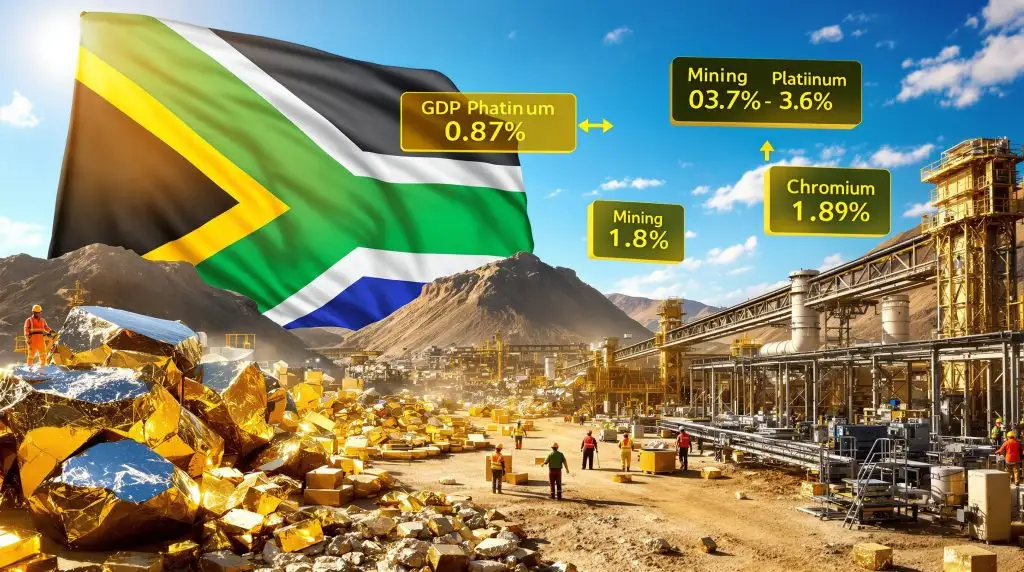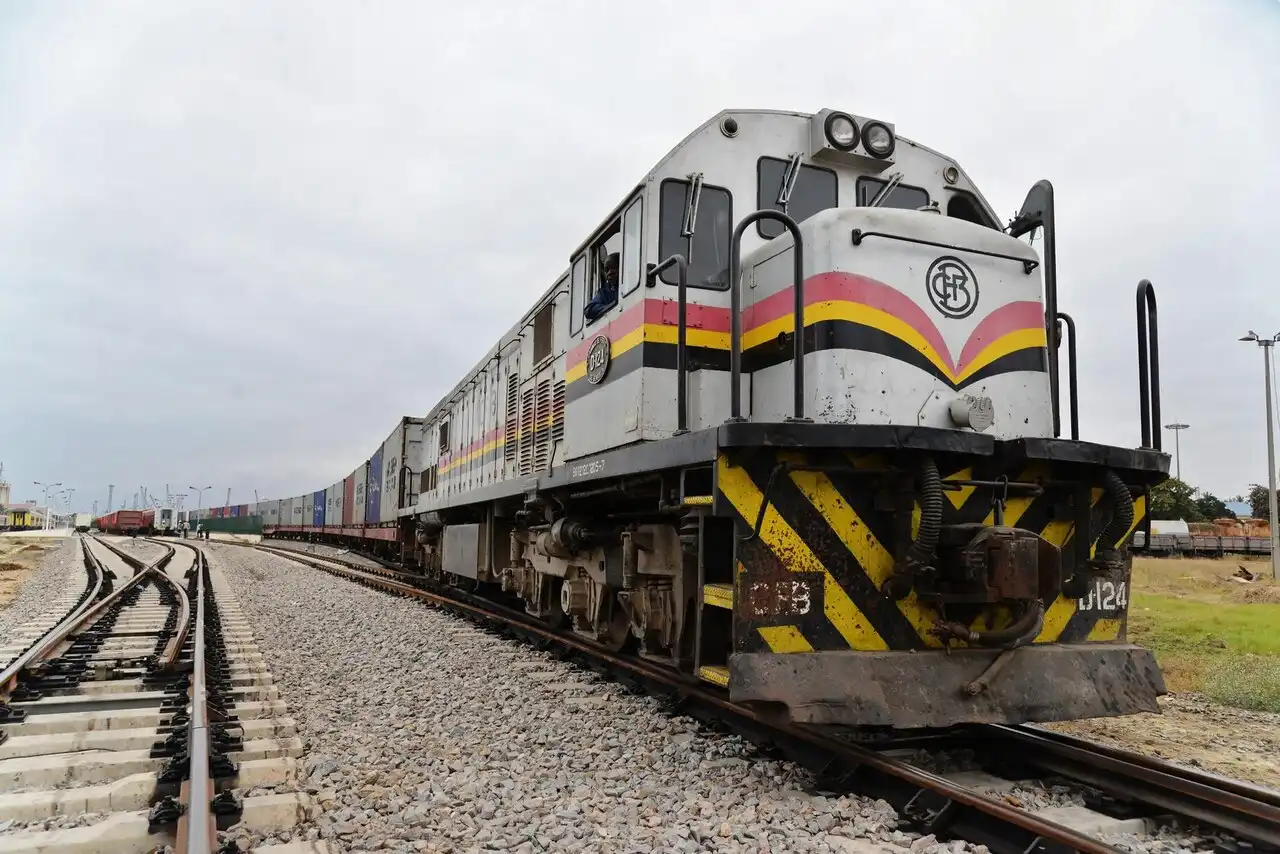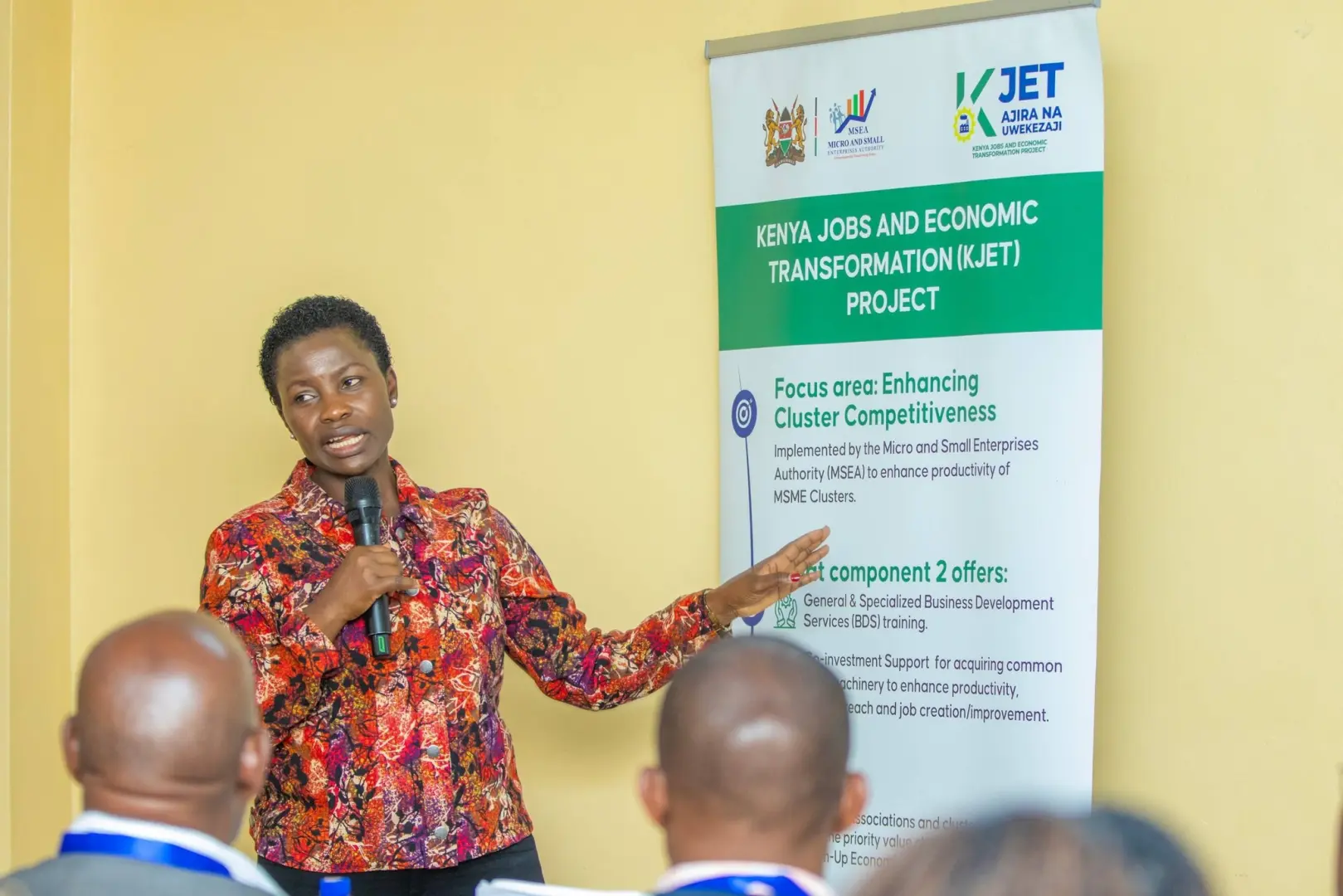South Africa’s economy demonstrated signs of modest recovery in the second quarter of 2025, with GDP expanding by 0.8 percent after a sluggish 0.1 percent growth in the first quarter, Statistics South Africa (Stats SA) announced on Wednesday. The improvement signals a tentative rebound but remains well below the levels needed to address the country’s mounting socio-economic challenges.
Push boundaries, reach goals, achieve more. Whether it’s ACCA, HESI A2, ATI TEAS 7, HESI EXIT, NCLEX-RN, NCLEX-PN, or Financial Literacy, we’ve got the Online course to match your ambition. Start with Serrari Ed now.
Sectoral Performance Drives Recovery
The second-quarter growth was primarily attributed to strong performances in key productive sectors, with manufacturing and mining leading the recovery. The mining and quarrying industry surged by 3.7 percent, contributing 0.2 percentage points to overall growth, with the largest positive contributions coming from platinum group metals, gold and chromium ore production.
“Manufacturing, mining and trade were the most significant positive contributors in the second quarter, each adding 0.2 of a percentage point to GDP growth,” Stats SA confirmed in its official statement. The manufacturing sector posted a robust 1.8 percent increase, marking a significant rebound after two consecutive quarters of contraction. Growth was concentrated in petroleum products, chemical products, rubber and plastics, and the automotive sector.
Seven out of ten manufacturing divisions recorded positive growth, reflecting broad-based improvement across the industrial base. This recovery is particularly significant given the sector’s historical importance to South Africa’s economy and its potential for job creation.
The trade, catering and accommodation sector also contributed positively, growing by 1.7 percent and reflecting increased activity in retail, motor trade and hospitality services. This improvement suggests rising consumer confidence and spending patterns, supported by relatively subdued inflation and improved electricity supply reliability.
Demand-Side Dynamics Support Growth
On the expenditure side of the economy, household consumption rose 0.8% in the quarter, marking its fifth consecutive increase. The strongest consumer spending was observed in insurance services, restaurants, hotels, clothing and footwear, indicating improved consumer sentiment among certain segments of the population.
However, households demonstrated cautious spending behavior by cutting back on alcohol, tobacco, and utilities, suggesting continued financial constraints among many South African families. This mixed pattern reflects the complex economic reality facing different income groups in the country.
Imports declined by 2.1%, largely due to reduced demand for chemical products, machinery and electrical equipment, mineral products, and vegetables. Meanwhile, exports also weakened, with sharp drops in base metals, vegetable products, and vehicles, highlighting ongoing competitiveness challenges in global markets.
Inventories rose by R16.6 billion, reversing five consecutive quarters of drawdowns, with mining, transport, and manufacturing contributing most to the build-up. This inventory accumulation suggests businesses are becoming more optimistic about future demand conditions.
Persistent Headwinds and Structural Constraints
Despite the positive second-quarter performance, significant sectors continued to struggle. The transport, storage and communication sector contracted by 0.8 percent, weighed down by reduced land transport activity, reflecting ongoing challenges in the country’s logistics and transportation infrastructure.
The construction industry shrank by 0.3 percent, marking its third consecutive quarterly decline. The sector showed weak performance in both residential and non-residential building projects, indicating continued challenges in fixed investment and infrastructure development.
Investment in fixed assets declined by 1.7% in the first quarter of 2025, following a 0.5% drop in the fourth quarter of 2024. This trend reflects investor hesitancy and suggests that the initial optimism surrounding the Government of National Unity (GNU) formation is beginning to dissipate.
Unemployment Crisis Remains Critical Challenge
South Africa continues to grapple with one of the world’s highest unemployment rates, which reached 33.2% in the second quarter, up from 32.9% in the first quarter of 2025. The official unemployment rate represents a staggering 8.2 million unemployed individuals out of a labor force of 25 million people.
The youth unemployment crisis is particularly severe, with the rate among those aged 15-24 reaching 62.4% in the first quarter of 2025. Of the 10.5 million young people aged 15-34 who were available and willing to work, 4.8 million remained unemployed, representing a massive waste of human potential and a source of social instability.
“These figures represent more than statistics – they reflect real human suffering and unrealised potential across our nation,” noted analysts, emphasizing the human cost of the country’s economic challenges. The expanded unemployment rate, which includes discouraged work-seekers, stands at an alarming 43.1%, reflecting the broader scope of joblessness in the economy.
Government of National Unity: Promises and Challenges
The formation of the Government of National Unity in June 2024, bringing together 11 political parties led by the African National Congress (ANC) and the Democratic Alliance (DA), initially raised hopes for accelerated economic reforms and improved policy coordination. The GNU was established after the ANC lost its parliamentary majority for the first time since 1994, securing only 40% of the national vote.
The GNU’s stated priorities include achieving “rapid, inclusive and sustainable economic growth, the promotion of fixed capital investment and industrialization, job creation, transformation, livelihood support, land reform, infrastructure development, structural reforms and transformational change.”
However, progress on these ambitious goals has been slower than anticipated, with reforms moving too slowly and being too limited in scope to kickstart faster economic growth. The coalition has also faced challenges in policy coordination, with ideological differences between member parties creating friction on key issues.
Build the future you deserve. Get started with our top-tier Online courses: ACCA, HESI A2, ATI TEAS 7, HESI EXIT, NCLEX-RN, NCLEX-PN, and Financial Literacy. Let Serrari Ed guide your path to success. Enroll today.
Economic Outlook and Reform Imperatives
Leading economists emphasize that the current growth trajectory, while positive, remains insufficient to address South Africa’s pressing development needs. Raymond Parsons, an economist at the North-West University Business School, noted that “the GDP growth is still expected to be only about one percent for 2025 as a whole and is not good enough for South Africa’s urgent socioeconomic needs.”
PwC Strategy forecasts suggest the South African economy will create only 115,000 jobs in 2025, significantly less than the anticipated 340,000 increase in the labor force. This mismatch means the unemployment rate is expected to continue rising, from an estimated 32.7% in 2024 to 33.2% in 2025.
Economic experts stress that South Africa needs sustained GDP growth of at least 2.0% per annum to keep pace with labor force growth and prevent further increases in unemployment. More rapid growth of 3-4% annually would be required to begin meaningfully reducing the unemployment rate and addressing poverty and inequality.
Structural Reform Progress and Bottlenecks
Some progress has been made in addressing key infrastructure constraints that have historically hampered economic growth. The reliability and availability of electricity supply have improved substantially since late March 2024, with sporadic and short-lived power cuts replacing the severe rolling blackouts (load shedding) that cost the economy an estimated R899 million daily.
These improvements have been attributed to better management of the national power utility Eskom and high-level political support from the President and the Minister of Electricity. The opening of the electricity market to private power generation has further encouraged investment in the sector, contributing to the improved supply situation.
However, other critical infrastructure bottlenecks persist, particularly in transport and logistics. The deterioration of port and rail infrastructure due to weak management of state-owned enterprise Transnet, combined with theft and sabotage, continues to constrain South Africa’s export capacity and overall competitiveness.
Investment Climate and Business Confidence
Despite the formation of the GNU and some policy improvements, investor confidence remains tentative. Crystal Huntley, an economist from Nedbank, noted that while manufacturing and mining production have rebounded, “a faster pace of reform is necessary to unlock the full potential of various industries.”
The initial optimism that greeted the GNU formation was reflected in significant appreciation of shares in companies exposed to the South African market during the second half of 2024. However, in the first half of 2025, investors have shown a preference for companies with greater exposure to faster-growing foreign economies.
Business leaders continue to call for accelerated implementation of structural reforms, particularly in areas such as regulatory efficiency, corruption reduction, and improvement of the business operating environment. The persistence of policy uncertainty and regulatory bottlenecks continues to constrain private sector investment and expansion.
Global Economic Context and External Factors
South Africa’s economic performance is also influenced by global economic conditions and commodity price movements. As a major exporter of minerals and commodities, the country’s growth prospects are closely tied to international demand and pricing for platinum group metals, gold, coal, and other key export products.
The performance of key trading partners, particularly China and European markets, significantly affects South African export revenues and economic growth. Recent global economic uncertainties and trade tensions have created additional challenges for the country’s export-oriented sectors.
Tourism, a critical sector for foreign exchange earnings and employment, has shown signs of recovery with rising accommodation and food service revenues. However, the industry remains below pre-COVID-19 levels and faces ongoing challenges related to safety, infrastructure, and international perceptions.
Social and Political Implications
The persistent unemployment crisis, particularly among youth, poses significant social and political risks for South Africa. High unemployment rates are associated with increased crime, social unrest, and political instability, creating a vicious cycle that can further undermine economic confidence and investment.
The expanded unemployment rate of 43.1% indicates that nearly half of South Africans willing and able to work cannot find employment. This represents a massive waste of human resources and perpetuates the country’s extreme inequality, which remains among the highest globally with a Gini coefficient of 0.67.
The GNU faces pressure to deliver tangible improvements in living conditions and economic opportunities for ordinary South Africans. Failure to make progress on job creation and poverty reduction could undermine political stability and the coalition’s electoral prospects in future elections.
Path Forward: Reform Priorities and Implementation
Looking ahead, South Africa requires a comprehensive approach to addressing its structural economic challenges. Key priorities include:
Infrastructure Development: Continued investment in electricity, transport, and digital infrastructure to remove bottlenecks and improve competitiveness. The success in improving electricity supply provides a model for addressing other infrastructure challenges.
Education and Skills Development: Massive expansion of technical and vocational education and training (TVET) to address the skills mismatch between available jobs and worker capabilities. The current education system produces too many graduates without relevant skills for the modern economy.
Regulatory Reform: Streamlining business regulations, reducing red tape, and improving the ease of doing business to encourage private sector investment and entrepreneurship. South Africa ranks poorly in global competitiveness indices due to regulatory burdens.
Corruption Reduction: Strengthening anti-corruption institutions and improving governance to restore investor confidence and ensure efficient use of public resources. Corruption has been identified as a major constraint on economic growth and service delivery.
Labor Market Reform: Carefully designed changes to labor legislation to encourage job creation while protecting worker rights. The current system is often cited as too rigid and costly for employers, particularly small businesses.
Conclusion
South Africa’s 0.8% GDP growth in the second quarter of 2025 represents a welcome improvement but falls far short of the transformational change needed to address the country’s deep-seated economic and social challenges. While the recovery in manufacturing and mining provides hope, the persistence of extremely high unemployment, weak investment, and slow reform implementation threatens long-term prospects.
The Government of National Unity faces the critical test of translating political cooperation into effective policy implementation and tangible improvements in economic performance. Success will require sustained commitment to structural reforms, significant increases in investment levels, and policies specifically designed to promote job creation and inclusive growth.
The country’s future trajectory will largely depend on the GNU’s ability to overcome ideological differences, accelerate reform implementation, and restore confidence among investors and citizens alike. Without urgent and decisive action, South Africa risks remaining trapped in a low-growth, high-unemployment equilibrium that perpetuates poverty and inequality while limiting its potential as a regional economic leader.
Ready to take your career to the next level? Join our Online courses: ACCA, HESI A2, ATI TEAS 7 , HESI EXIT , NCLEX – RN and NCLEX – PN, Financial Literacy!🌟 Dive into a world of opportunities and empower yourself for success. Explore more at Serrari Ed and start your exciting journey today! ✨
Track GDP, Inflation and Central Bank rates for top African markets with Serrari’s comparator tool.
See today’s Treasury bonds and Money market funds movement across financial service providers in Kenya, using Serrari’s comparator tools.
photo source: Google
By: Montel Kamau
Serrari Financial Analyst
11th September, 2025
Article, Financial and News Disclaimer
The Value of a Financial Advisor
While this article offers valuable insights, it is essential to recognize that personal finance can be highly complex and unique to each individual. A financial advisor provides professional expertise and personalized guidance to help you make well-informed decisions tailored to your specific circumstances and goals.
Beyond offering knowledge, a financial advisor serves as a trusted partner to help you stay disciplined, avoid common pitfalls, and remain focused on your long-term objectives. Their perspective and experience can complement your own efforts, enhancing your financial well-being and ensuring a more confident approach to managing your finances.
Disclaimer: This article is for informational purposes only and does not constitute financial advice. Readers are encouraged to consult a licensed financial advisor to obtain guidance specific to their financial situation.
Article and News Disclaimer
The information provided on www.serrarigroup.com is for general informational purposes only. While we strive to keep the information up to date and accurate, we make no representations or warranties of any kind, express or implied, about the completeness, accuracy, reliability, suitability, or availability with respect to the website or the information, products, services, or related graphics contained on the website for any purpose. Any reliance you place on such information is therefore strictly at your own risk.
www.serrarigroup.com is not responsible for any errors or omissions, or for the results obtained from the use of this information. All information on the website is provided on an as-is basis, with no guarantee of completeness, accuracy, timeliness, or of the results obtained from the use of this information, and without warranty of any kind, express or implied, including but not limited to warranties of performance, merchantability, and fitness for a particular purpose.
In no event will www.serrarigroup.com be liable to you or anyone else for any decision made or action taken in reliance on the information provided on the website or for any consequential, special, or similar damages, even if advised of the possibility of such damages.
The articles, news, and information presented on www.serrarigroup.com reflect the opinions of the respective authors and contributors and do not necessarily represent the views of the website or its management. Any views or opinions expressed are solely those of the individual authors and do not represent the website's views or opinions as a whole.
The content on www.serrarigroup.com may include links to external websites, which are provided for convenience and informational purposes only. We have no control over the nature, content, and availability of those sites. The inclusion of any links does not necessarily imply a recommendation or endorsement of the views expressed within them.
Every effort is made to keep the website up and running smoothly. However, www.serrarigroup.com takes no responsibility for, and will not be liable for, the website being temporarily unavailable due to technical issues beyond our control.
Please note that laws, regulations, and information can change rapidly, and we advise you to conduct further research and seek professional advice when necessary.
By using www.serrarigroup.com, you agree to this disclaimer and its terms. If you do not agree with this disclaimer, please do not use the website.
www.serrarigroup.com, reserves the right to update, modify, or remove any part of this disclaimer without prior notice. It is your responsibility to review this disclaimer periodically for changes.
Serrari Group 2025
















